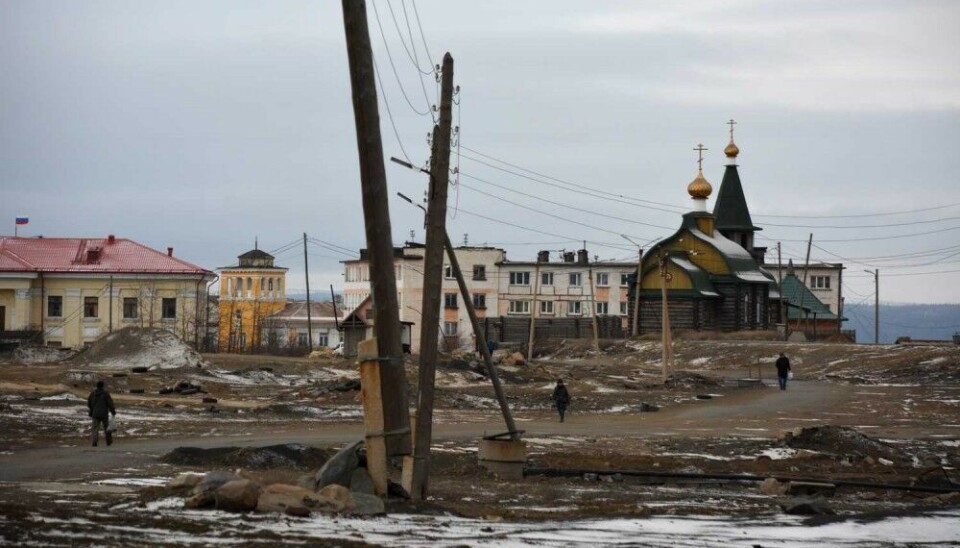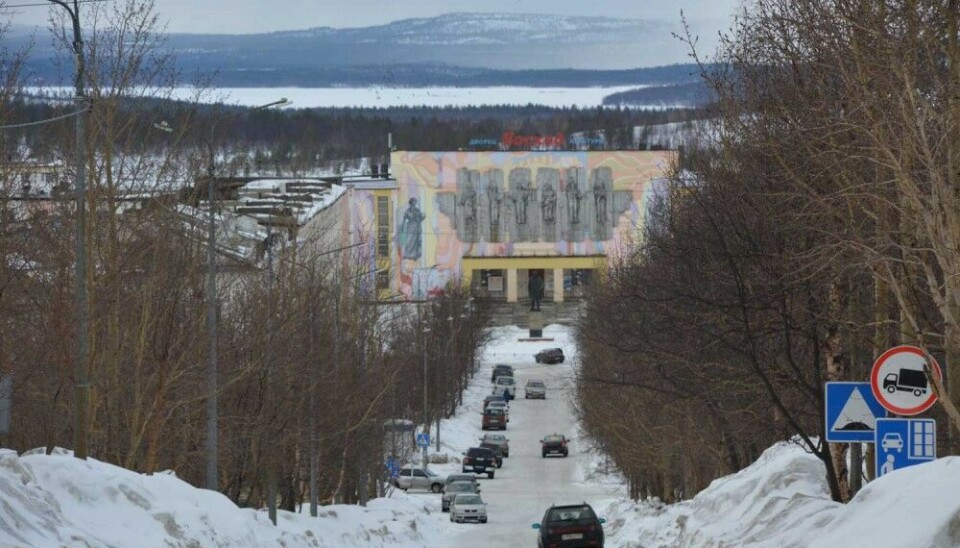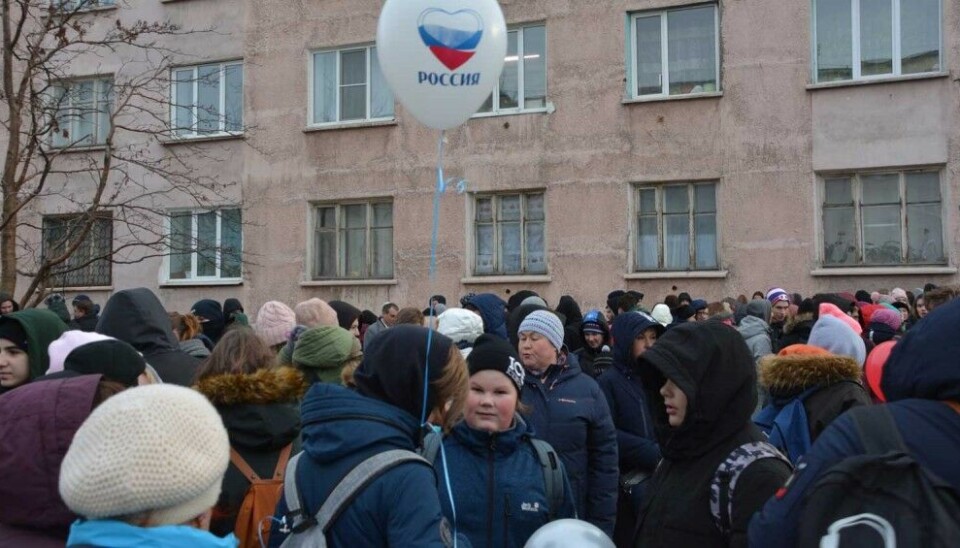
New low for the people of Pechenga
The population of the far northern Russian border municipality once counted almost 60,000. By January 2024, the number had dropped to below 30,000.
According to the Russian Statistics Service (Rosstat) the number of people in the municipality located along the border to Norway and Finland by 1st of January 2024 totalled 29,624. It is the lowest number in more than 50 years.
When the local population peaked in 1989, almost 60,000 people resided in the area. The Soviet census from that year estimated the number of inhabitants to 59,495. At the time, the local nickel mines and processing plants were running with full steam and the military units and border guard service were buzzing with activity.

Soviet authorities provided northerners with generous salaries and pension rights and hundreds of thousands moved to regions like Murmansk to earn the benefits.
Three decades later, only about half of the population is left. The demographic decline quickly accelerated following the collapse of the Soviet Union and has not yet reach its bottom.
Over the past years, the situation has been most dramatic in Nikel, the border town that in 2020 lost its main employer. The local nickel smelter was work place for several hundred people, most of whom either moved or became employed in the neighbouring town of Zapolyarny.

Judging from statistics from Rosstat, the local population of Nikel in 2022 dropped below 10,000. Zapolyarny is now 50 percent bigger than Nikel, and the remaining locals fear that they might ultimately end up in a ‘ghost town.’
The major post-Soviet demographic decline can be seen across the Kola Peninsula. In 1989, the region had a population of almost 1,15 million people and the city of Murmansk was close to half a milion.
By 1st of January this year, Murmansk region had a population of only 656,438. The City of Murmansk is reduced to 266 thousands. Only the main military towns now have a stable population, figures from Rosstat show. In the course of 2023, the Northern Fleet’s headquarter city Severomorsk had an increase in inhabitants of about 500 hundred. The Navy city now has a population of about 52 thousand.















